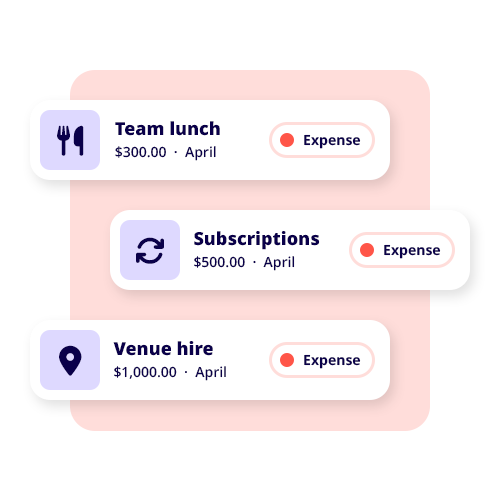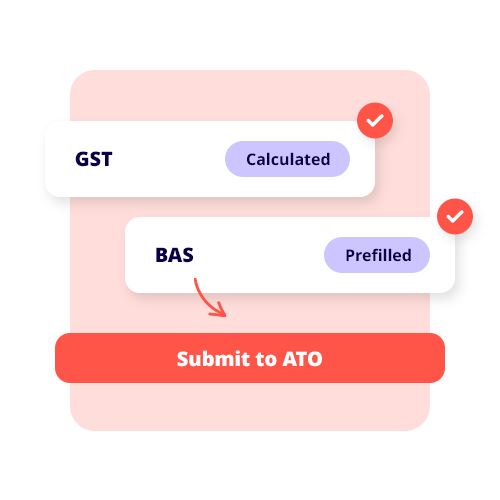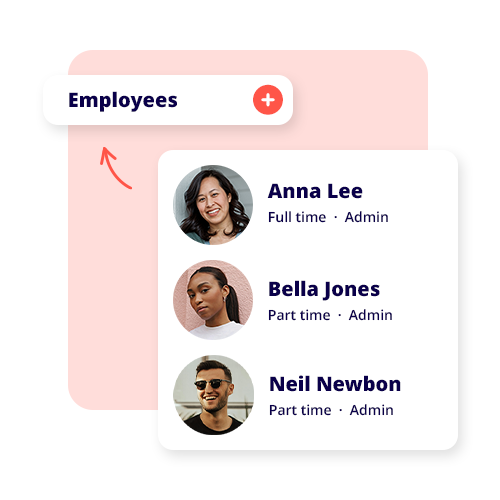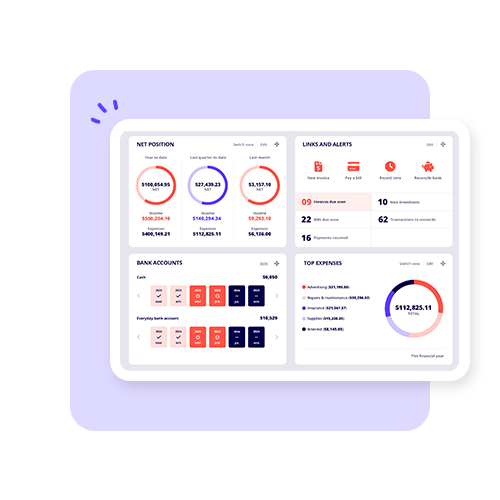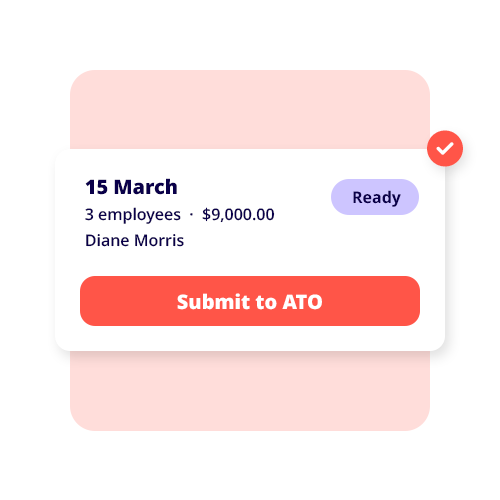In business ownership, working capital is the difference between your current assets and current liabilities.
Your current assets include things like cash, accounts receivable and inventory, while your current liabilities include debts and accounts payable.

Essentially, if you were to sell all your current assets and settle all your short-term debt, the resulting difference would be your working capital.
Why do you need to understand working capital?
The working capital metric is used to understand the short-term liquidity of your business. It assists you to gauge your current financial health and your ability to pay bills. The concept also relates to your cash flow and your overall profitability.
Working capital formula
The formula used to calculate working capital is as follows:
Working capital = current assets − current liabilities.
Positive vs negative working capital
If you use the formula to calculate your working capital, your result will be either positive or negative.
Positive working capital is when the value of your assets exceeds that of your debts. Negative working capital is when the value of your debts exceeds that of your assets.
While having a high positive working capital is generally a good thing, it may not always be that simple. It might indicate for example that you have too much stock on hand or a high accounts receivable ledger.
Net working capital
Net working capital is often used as an interchangeable term for working capital, yet there are important differences.
Net working capital considers all assets and liabilities, including long-term obligations and assets such as bank loans, property, and plant and equipment.
So, while the concepts are very similar, net working capital is a long-term measure, while working capital is a short-term measure.
See related terms
What is cash flow?
What are fixed assets?
How to calculate gross profit margin?












